#mass extinction
Text
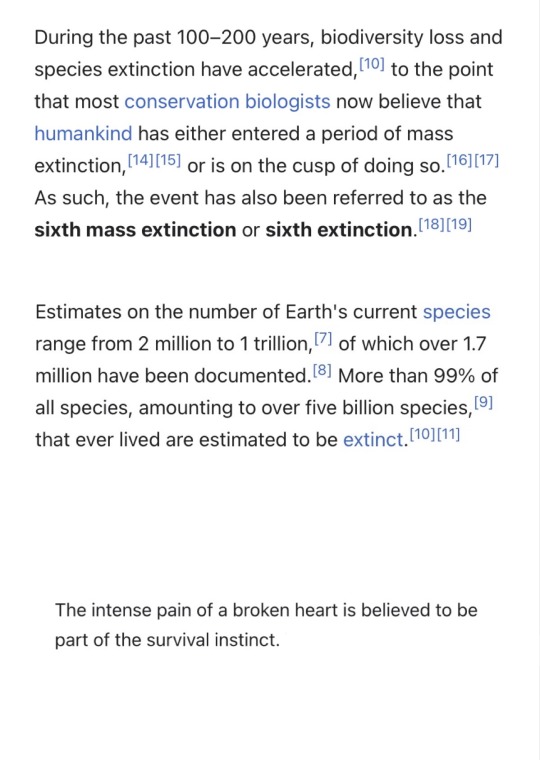
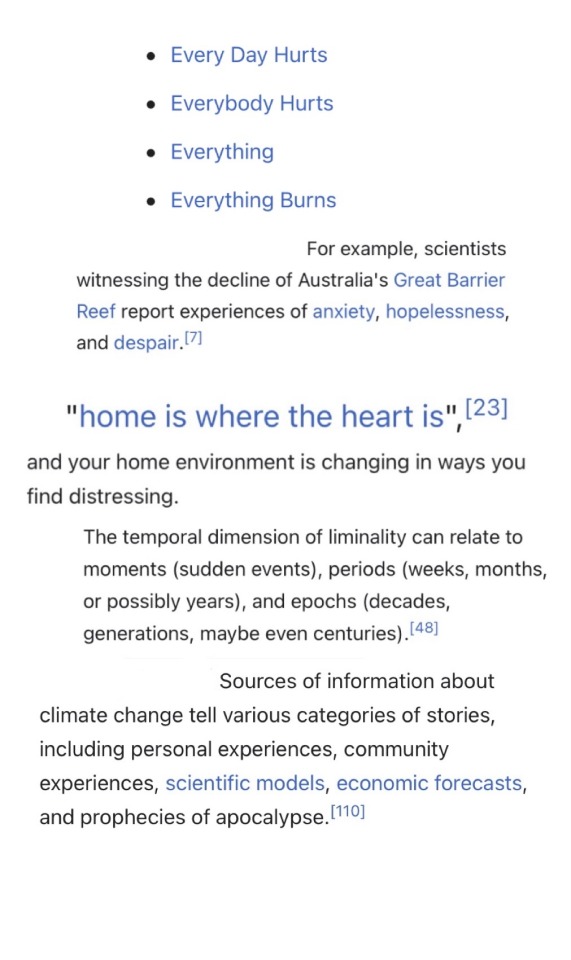

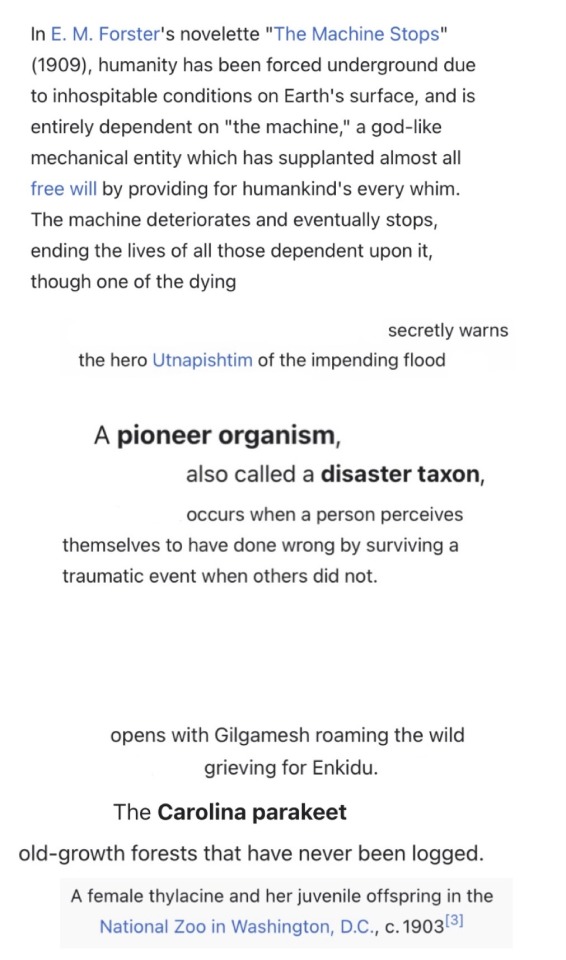


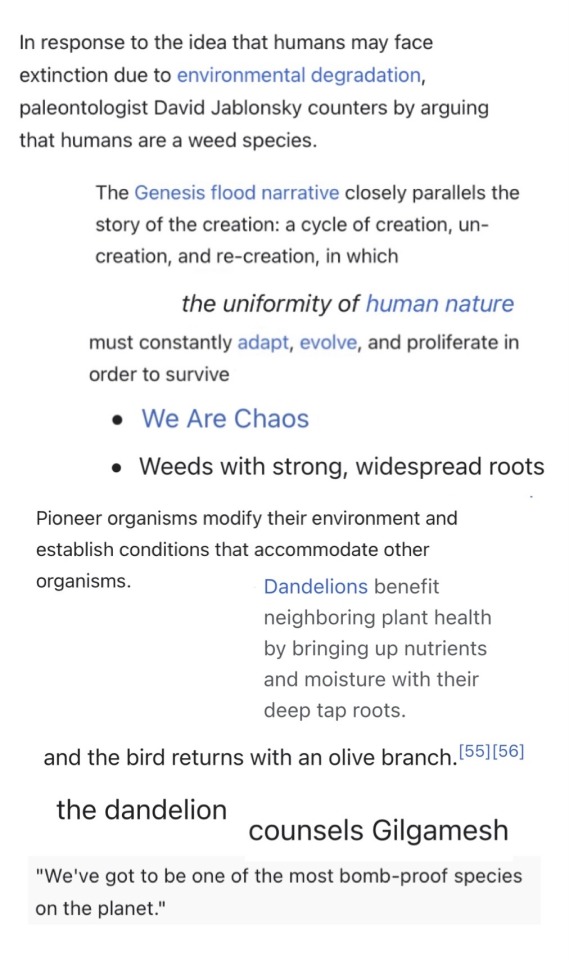
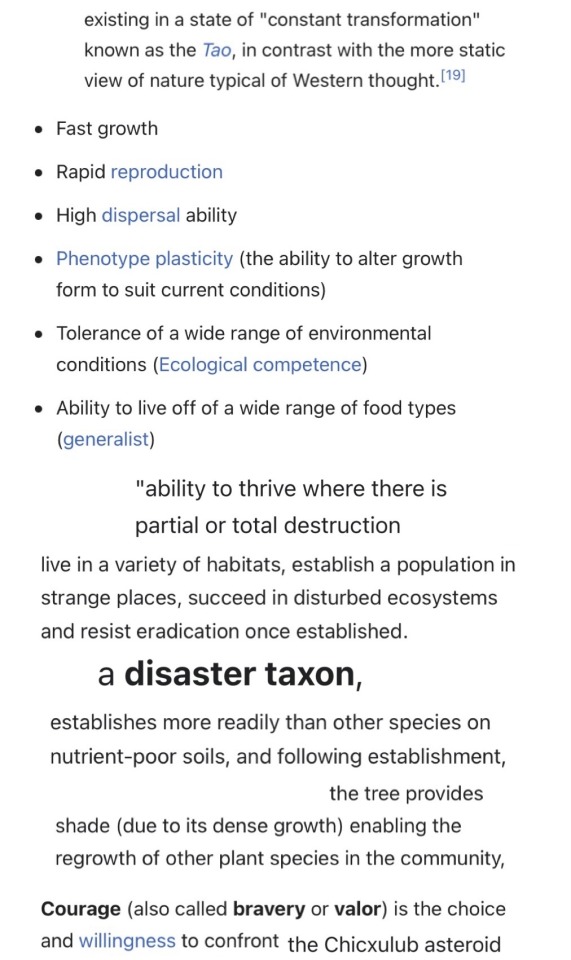

"Disaster Taxon," poem assembled using text from Wikipedia articles
#wikipedia poem#wikipedia poetry#climate grief#grief#environmental grief#resilience#climate change#gilgamesh#flood narrative#post apocalyptic#poetry#my writing#wikipedia poems#weeds#plantarchy#mass extinction#dandelion#utnapishtim
12K notes
·
View notes
Photo

WITH DEATH COMES LIFE
(Cretaceous-Paleogene Extinction Event)
((66.0 MYA))
10K notes
·
View notes
Text
Quaternary includes both the Pleistocene and Holocene extinction pulses, even though the first may not be entirely anthropogenic
I’m not including the great oxygenation event because that is the least clear in terms of whether or not it actually was an extinction
541 notes
·
View notes
Link
Carnivores such as Titanophoneus, or "titanic murderer," stalked enormous armored reptiles the size of buffalo.
Many of these animals died out in a mass extinction during the Capitanian Age approximately 260 million years ago.
Now an international team of researchers says evidence suggests this mass extinction was not a single event but two, separated by nearly 3 million years. Both were caused by the same culprit: massive volcanic eruptions.
By studying uranium isotope profiles of marine samples collected in the South China Sea, scientists identified two "pulses" in which the oceans became deprived of life-giving oxygen.
In a study published in the journal Earth and Planetary Science Letters, researchers say their analysis provides evidence that the oxygen-deprived oceans precipitated two mass extinctions around 259 million and 262 million years ago during the Middle Permian Period.
Continue Reading
231 notes
·
View notes
Text

#lmao#biology meme#biology memes#biology#je pense#science#extinction#mass extinction#extinction event#bio#paleohistory#paleontology#paleontology memes#science memes#bio memes#memes
163 notes
·
View notes
Text

#extinction#mass extinction#anthropocene#anthropogenic climate change#doomsday#apocalyptic#scary signs
609 notes
·
View notes
Text
bullets 20 tomorrow. everyone get in the bomb shelter
826 notes
·
View notes
Note
Wait, how can a meteor kill all the dinosaurs on the entire world?
On my phone rn so can’t grab links, but the dominant theory is that the meteor strike caused what’s basically an atomic winter. So much ash and debris filled the sky for tens of thousands of years that plants had a very hard time growing; suddenly sauropods and all the other huge herbivorous dinosaurs didn’t have enough food, and once they went out so did the carnivorous dinosaurs. The huge, awe-inspiring size of the dinosaurs was actually their downfall, because I remember reading that very few animals that weighed more than a few pounds managed to survive the meteoric winter. There just wasn’t enough food.
This is also the concern with supervolcano eruptions btw. The initial eruption won’t kill everyone, but the resulting volcanic winter caused by so much ash and debris filling the atmosphere would cause mass famine after plants start dying off.
82 notes
·
View notes
Text



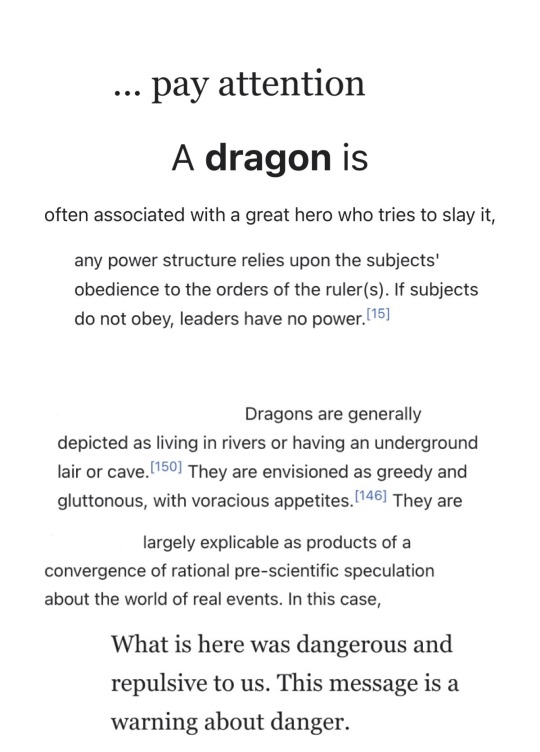
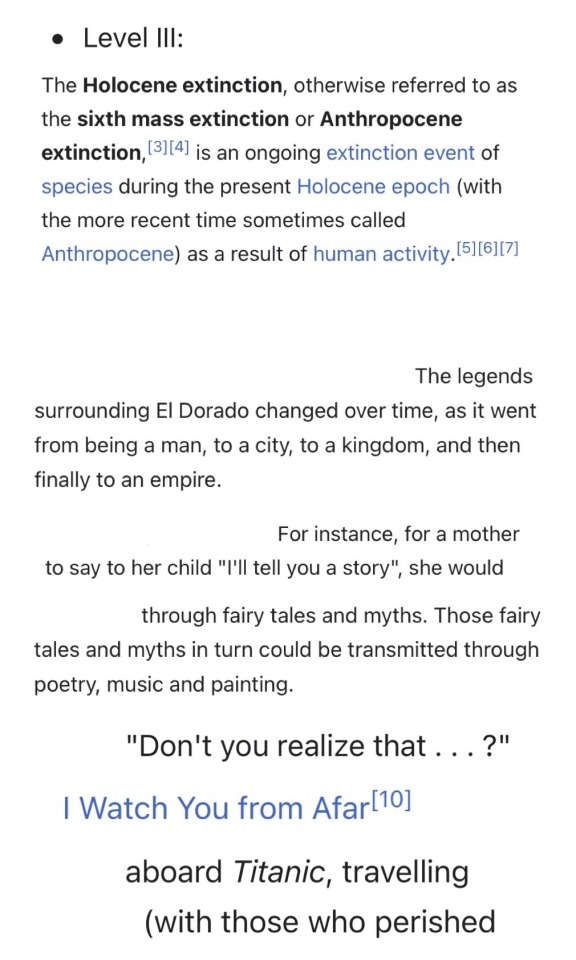
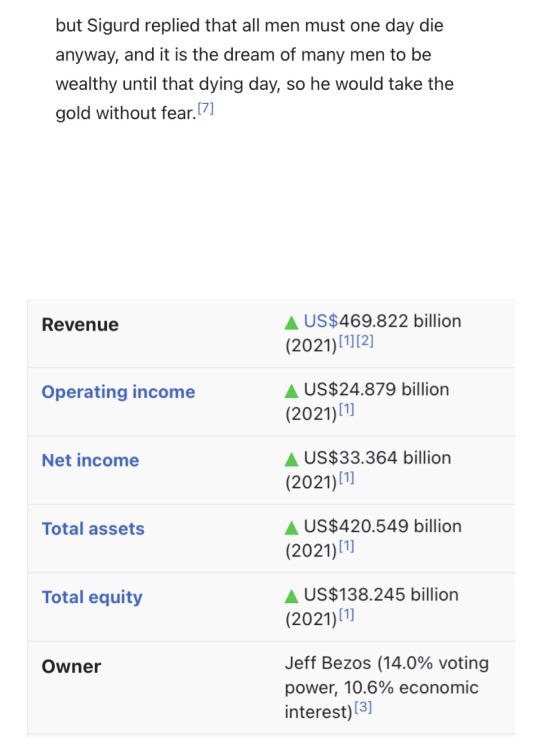
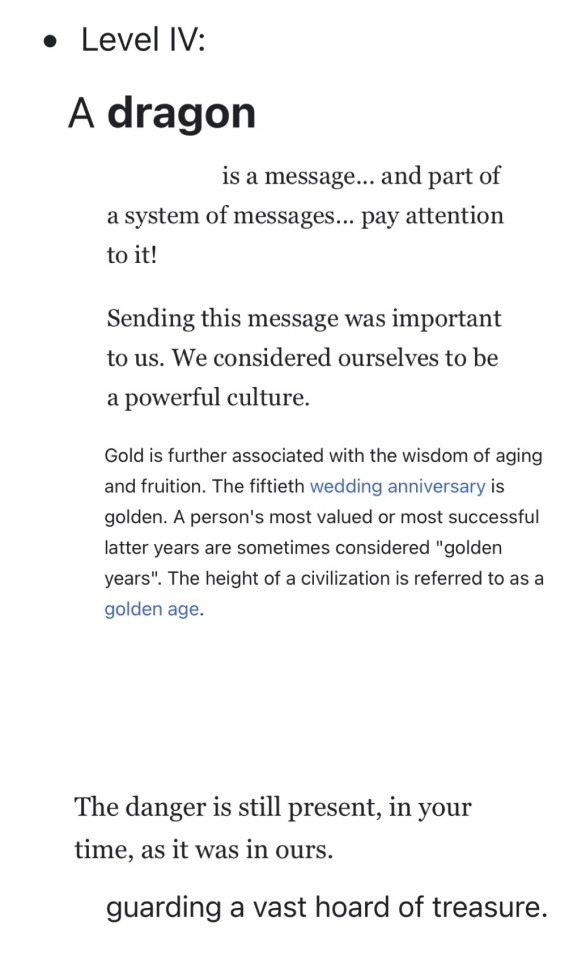
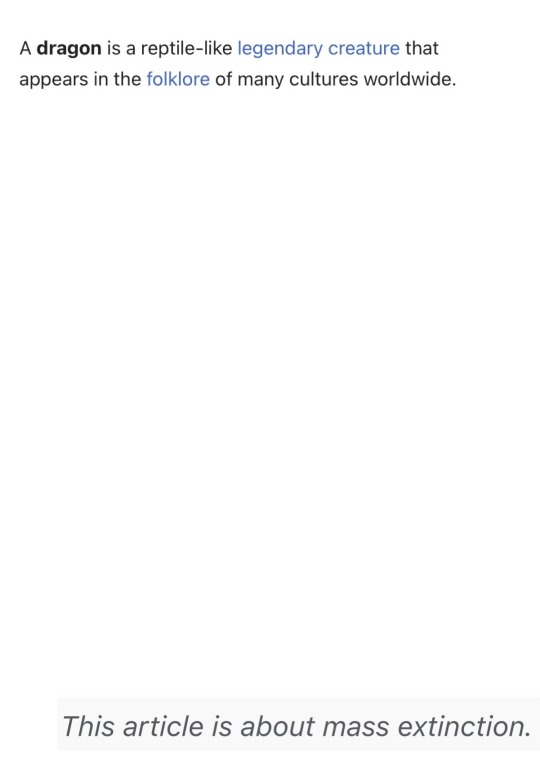
"Dragon," poem assembled using quotations from Wikipedia articles
#wikipedia poem#wikipedia poetry#climate change#dragon#mythology#long term nuclear waste warnings#mass extinction#poetry#poem#my writing#writing#wikipedia poems that prolong your background check#wikipedia#found poem#found poetry#found language poem
33K notes
·
View notes
Text

The great dying: Permo-Triassic extinction | A grande morte: Extinção Permo-Triássica
🇬🇧
The Permian-Triassic Extinction is the most devastating mass extinction event in Earth's history, occurring approximately 252 million years ago, at the end of the Permian period and the beginning of the Triassic period. This mass extinction resulted in the loss of up to 96% of marine species and 70% of terrestrial species.
The exact causes of the Permian-Triassic Extinction are still debated among scientists, but several theories have been proposed. One of them is intense volcanic activity, such as the massive eruption of the Siberian Traps, a large volcanic province in Russia. This activity released huge amounts of greenhouse gases into the atmosphere, causing drastic climate change and ocean acidification.
These catastrophic events caused widespread mass extinctions, affecting both marine and terrestrial organisms. The recovery of biodiversity after the Permian-Triassic Extinction took millions of years and profoundly influenced the subsequent evolution of life on Earth.
The relationship between the Permian-Triassic Extinction and current climate events can be observed through similarities in causative factors and consequences for life on Earth. Similarly, contemporary climate events are largely influenced by human activities, particularly the burning of fossil fuels, which releases greenhouse gases into the atmosphere. This anthropogenic activity has led to global warming, changes in precipitation patterns, rising sea levels, and ocean acidification, among other impacts. These changes are putting immense pressure on ecosystems and biodiversity, leading to species extinctions and ecosystem degradation. Both the Permian-Triassic Extinction and current climate events highlight the profound impact that changes in climate can have on life on Earth. Understanding the parallels between these events can help inform efforts to mitigate the current climate crisis and protect the planet's biodiversity and ecosystems.
🇧🇷
A Extinção Permiano-Triássica é o evento de extinção em massa mais devastador da história da Terra, ocorrido há cerca de 252 milhões de anos, no final do período Permiano e início do período Triássico. Esta extinção em massa resultou na perda de até 96% das espécies marinhas e 70% das espécies terrestres.
As causas exatas da Extinção Permiano-Triássica ainda são objeto de debate entre os cientistas, mas várias teorias foram propostas. Uma delas é a atividade vulcânica intensa, como a erupção em massa dos Trapps Siberianos, uma grande província magmática na Rússia. Essa atividade liberou enormes quantidades de gases de efeito estufa na atmosfera, causando mudanças climáticas drásticas e acidificação dos oceanos.
Esses eventos catastróficos causaram extinções em massa generalizadas, afetando tanto organismos marinhos quanto terrestres. A recuperação da biodiversidade após a Extinção Permiano-Triássica levou milhões de anos e influenciou profundamente a evolução subsequente da vida na Terra.
A relação entre a Extinção Permiano-Triássica e os eventos climáticos atuais pode ser observada através de semelhanças nos fatores causadores e nas consequências para a vida na Terra. Da mesma forma, os eventos climáticos contemporâneos são amplamente influenciados por atividades humanas, particularmente a queima de combustíveis fósseis, que libera gases de efeito estufa na atmosfera. Essa atividade antropogênica tem causado o aquecimento global, mudanças nos padrões de precipitação, aumento do nível do mar e acidificação dos oceanos, entre outros impactos. Essas mudanças estão exercendo uma pressão imensa sobre os ecossistemas e a biodiversidade, levando a extinções de espécies e degradação dos ecossistemas. Tanto a Extinção Permiano-Triássica quanto os eventos climáticos atuais destacam o profundo impacto que as mudanças climáticas podem ter na vida na Terra. Compreender os paralelos entre esses eventos pode ajudar a informar esforços para mitigar a atual crise climática e proteger a biodiversidade e os ecossistemas do planeta.
#science#paleontology#geology#universe#earth#paleobotany#biology#digital painting#space#artwork#climate#climate crisis#climate change#paleontologia brasileira#paleozóico#paleobotânica#paleomedia#paleoblr#paleoarte#paleozoic#paleontologia#paleoart#paleostream#permian#mass extinction#extinction
15 notes
·
View notes
Text
caring about things is good actually
242 notes
·
View notes
Text
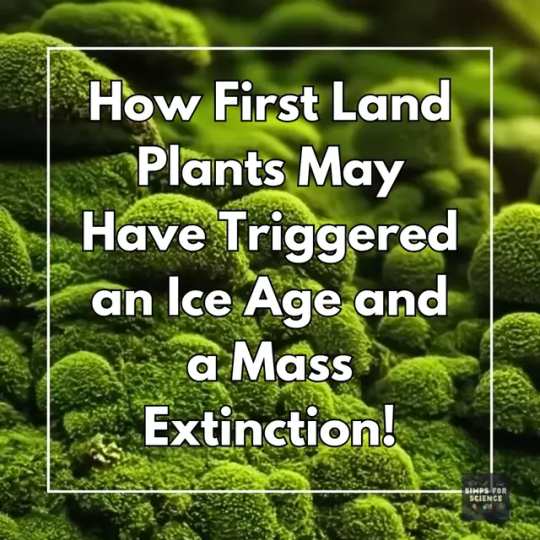


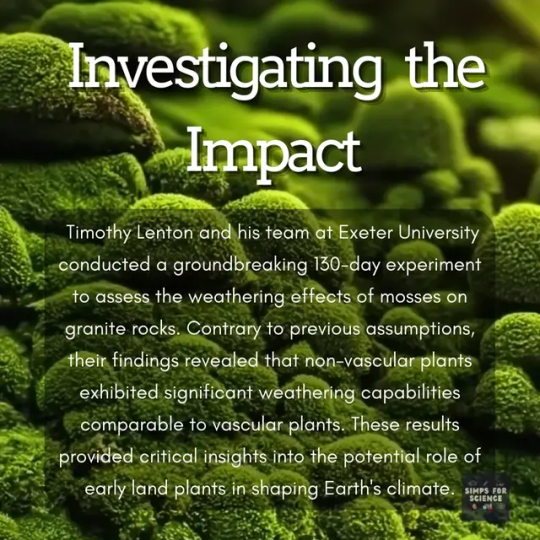
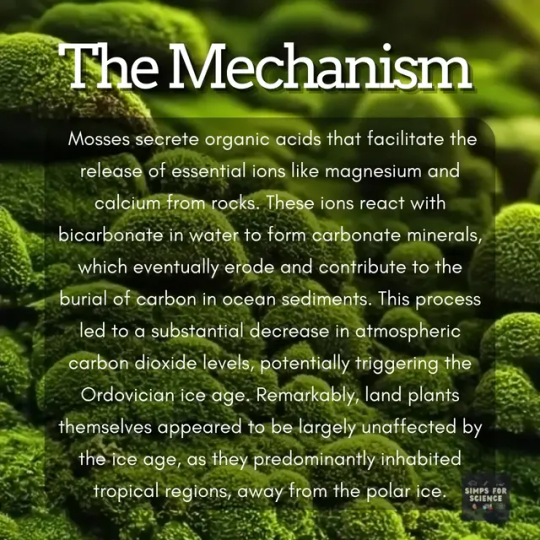

Tiny land pioneers 🌱 might have had a BIG impact on Earth's climate millions of years. Go through this post to learn more!
Image sources:
Background - Craiyon
Land plants - Marilylle Soveran/Flickr
#ordovician#evolution#paleo#paleobiology#paleoblr#paleobotany#botany#plantblr#plants#ice age#mass extinction#paleontology#carbon#carbon dioxide#geology#science#science facts#education#discover#study blog#studyblr#biology#biology student#biology facts#scicomm#explore#research scientist#earth#cool science#simps for science
15 notes
·
View notes
Video
youtube
How (Some) Plants Survived The K-Pg Extinction by PBS Eons
Perhaps for plants in times of great stress and ecological upheaval, the more DNA the better.
58 notes
·
View notes
Text
Life in the Early Triassic

(first row: Sclerosaurus, Lystrosaurus; second row: Hupehsuchus, Triadobatrachus, Cartorhynchus; thrid row: Rebellatrix, Atopodentatus; fourth row: Aphaneramma, Erythrosuchus)
Lystrosaurus - Julio Lacerda
Erythrosuchus - Mark Witton
Rebellatrix - Michael Skrepnick
Aphaneramma - Gabriel Ugueto
Cartorhynchus, Hupehsuchus, Atopodentatus - Nobu Tamura
Triadobatrachus - Alexey Malitskiy
Sclerosaurus - Wikimedia
We‘ve reached the Triassic period and with it the Mesozoic Era, the Age of Reptiles! Right now (about 250 million years ago), the reptiles are not dominating yet - in fact no one really was doing too well, as the Early Triassic was mostly a recovery period with low diversity after the most devastating mass extinction of all time, The Great Dying, at the end of the Permian.
The one exception to this is Lystrosaurus. The pig-sized herbivores somehow made it through the mass extinction mostly unscathed and in a now barren world they re-diversified, took up empty niches and became the most common vertebrate in many areas. It is not entirely clear why they survived. Maybe it was hibernation or burrowing that gave them some kind of protection from the worst parts of The Great Dying, maybe they were just lucky. Whatever it was, these prehistoric cockroaches marked one of the last big hurrahs of the synapsids (our own linage), before they went into hiding and lived their lifes as rodent size critters in the shadows of the reptiles for the following 200 million years or so.
The synapsids were the stars of the Permian, but only three groups of them made it into the Triassic: The carnivorous therocephalians and the herbivorous dicynodonts like Lystrosaurus with bulky bodies, mostly toothless beaks and tusk-like canines. They both went extinct during the Triassic. A third group, the cynodonts, survived much longer and will eventually include all modern mammals, from the tiniest bats to the biggest whales. But right now all of that is just some distant future.
Right now, at the beginning of the Triassic, a lot of other groups hurry to fill empty spaces. Several groups of reptiles decided that, after their ancestors once spent a lot of time and effort to evolve a terrestrial lifestyle, they want to return to the oceans. This included early cousins of the ichthyosaurs (those dolphin-shaped marine reptiles that lived alongside the dinosaurs) like Cartorhynchus and very basal sauropterygians. The most famous member of that group are the Loch-Ness-Monster-looking plesiosaurs, but one early member was the strange Atopodentatus. They possibly used their weird mouths to eat algae, making them one of the earliest herbivorous marine reptiles.
On land, the most interesting development might be the rise of the archosaurs and their close relatives. Over the span of the Mesozoic, the age of reptiles, they became the dominate group of life including many fan-favorites: The giant dinosaurs, the flying pterosaurs, the birds we have today and the wide variety of crocs, both past and present. At the beginning of the Triassic, they are just starting out, but 5 m long predators like the big-headed Erythrosuchus (although they are technically not quite archosaurs), already give a glimpse into their future.
22 notes
·
View notes
Text
Fury after Exxon chief says public to blame for climate failures
Darren Woods tells Fortune consumers not willing to pay for clean-energy transition, prompting backlash from climate experts
#MassExtinction #pollution #ecology #environment #climate
#exxonmobil#exxon#mass extinction#pollution#ecology#environment#climate change#ausgov#politas#auspol#tasgov#taspol#australia#fuck neoliberals#neoliberal capitalism#anthony albanese#albanese government#fossil fuels#fossil fools#pollutants#polluted water#polluted air#climate crisis#climate action#climate catastrophe#climate emergency#climate and environment#climate#econotego#jerktrillionaires
7 notes
·
View notes